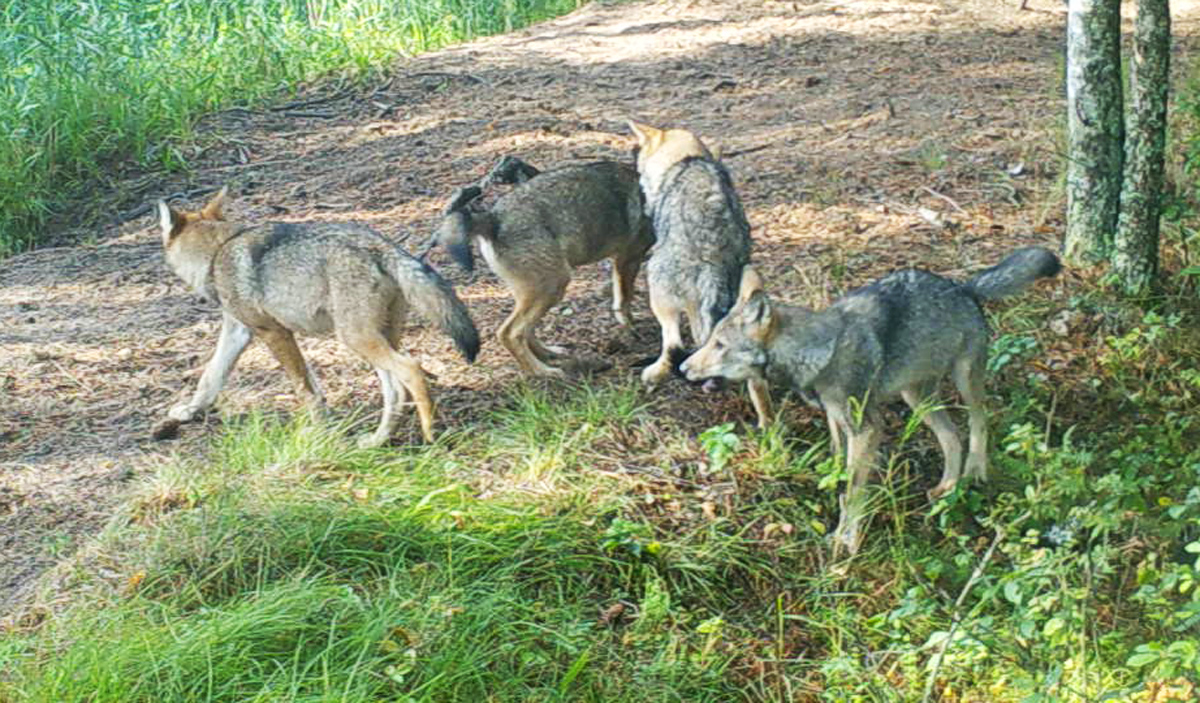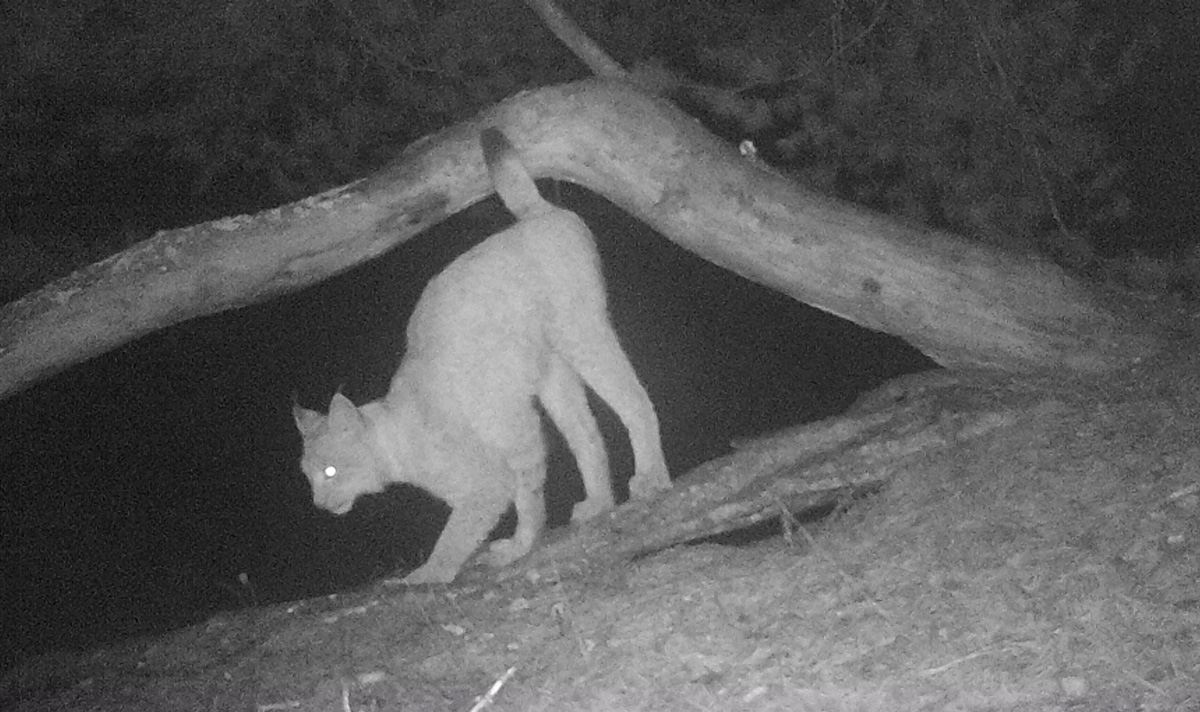Co-author Irina Rotenko
During 2023, we continued our long-term studies on the wolf reproduction in Naliboki Forest (see Sidorovich and Rotenko, 2019 and other posts in this blog for details and more information). An outstanding feature of this year for the reproduction of wolves in Naliboki Forest was the relatively low number of lynxes (15-20 individuals). This is 4-5 times lower than that in 2016-2018. Lynx is one of the hostile species for wolf pups (Sidorovich and Rotenko, 2019; Sidorovich, 2022), and presumably killing of wolf pups by lynxes can nullify the breeding efforts of wolves. However, there are other hostile animals to wolf reproduction such as brown bear, bison, elk and red deer, sometimes wild boar and even red fox (Sidorovich and Rotenko, 2019; Sidorovich, 2022). Therefore, we still could not test the hypothesis of which of these antagonistic species plays the main role in killing of wolf pups. This year gave us a unique opportunity to examine the role of lynxes.
Continue reading “Study on wolf reproduction in Naliboki Forest in 2023: a short report”









